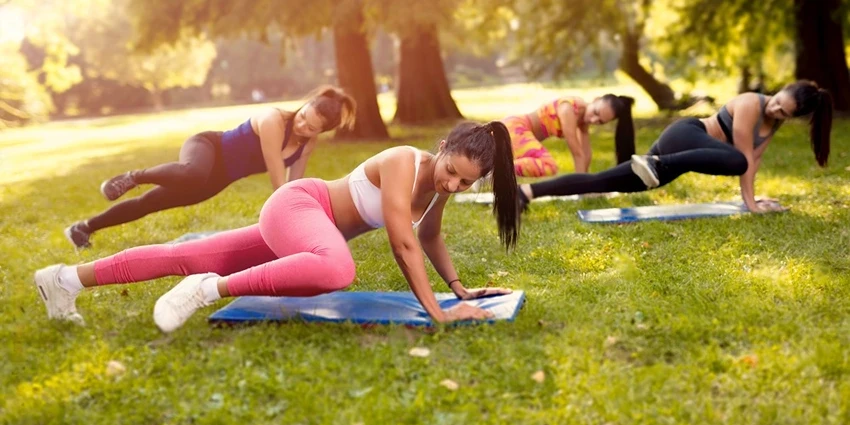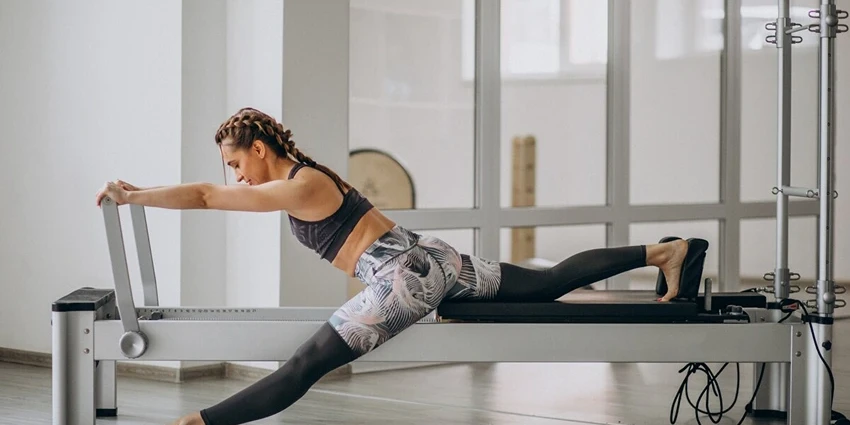People often hesitate to attend a yoga class, thinking they aren’t flexible enough. However, isn’t it the other way around? One of the primary benefits of yoga is that it improves flexibility.
In This Article
How Yoga Enhances Flexibility
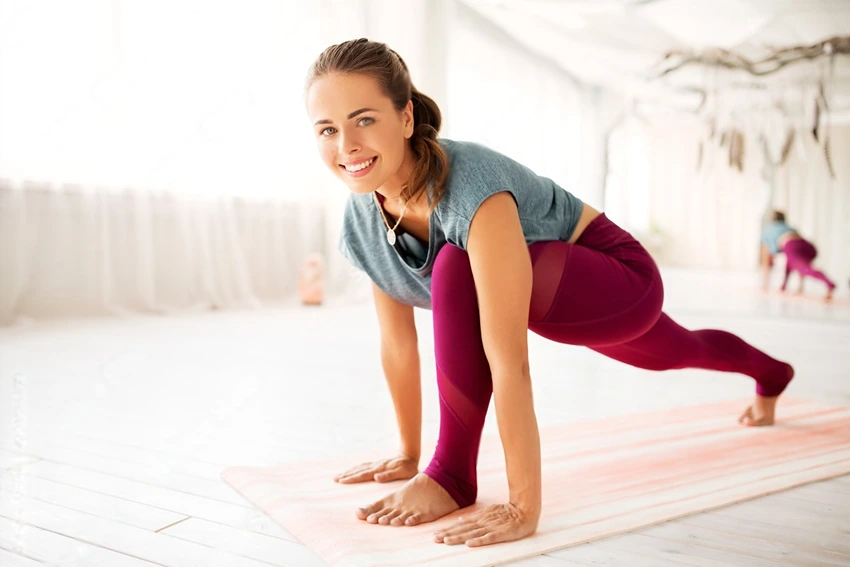
Yoga, especially the practices described in the influential text, the Hatha Yoga Pradipika, emphasizes the importance of asanas (yoga postures) for achieving steadiness of body and mind, freedom from diseases, and flexibility of the limbs. Understanding the essence of flexibility can transform our approach to the yoga mat and help us recognize body sensations, crucial for preventing injuries.
Mechanism of Yoga in Flexibility
- Improves Range of Motion: Yoga postures enhance the range of motion of joints and strengthen the muscles around them. This leads to better movement and improved physical performance.
- Relief from Pain: Regular yoga practice helps muscles release accumulated tension. As flexibility increases, muscles lengthen, releasing pain trapped within.
| Fact Table: Benefits of Yoga |
|---|
| – Enhances joint mobility |
| – Strengthens muscles |
| – Reduces muscle tension |
| – Alleviates pain |
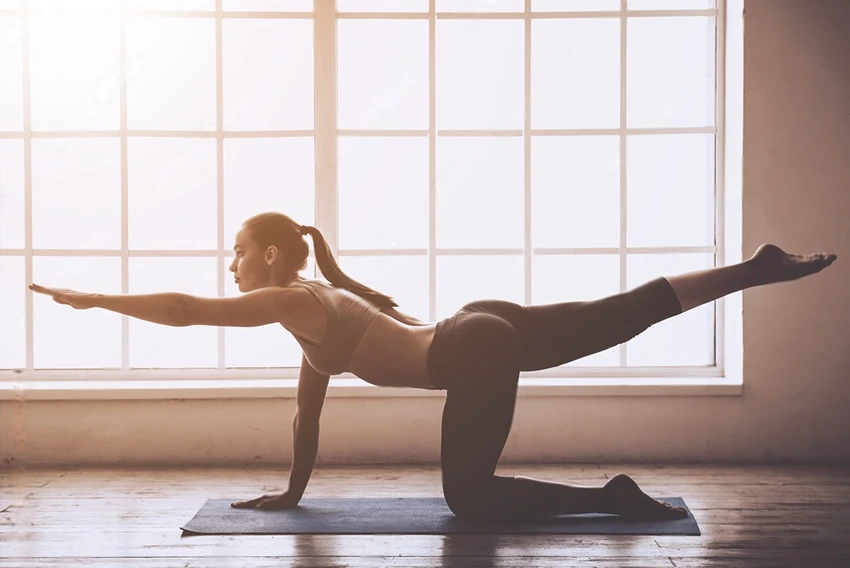
Warming Up: The Key to Flexibility
To achieve optimal flexibility, it’s crucial to warm up the body. Cold muscles and joints can become stiff, reducing flexibility and increasing injury risks.
Passive Warming vs. Active Warming
- Passive Warming: This involves external sources of warmth, like a heated room or hot bath. Bikram yoga or hot yoga are examples. However, passive warming might reduce our awareness of actual body sensations.
- Active Warming: Self-initiated warming has multiple benefits. It increases heart rate, prepares the body for intense activity, aids the cardiovascular system, and enhances body movement awareness.
| Warming Techniques | Benefits |
|---|---|
| Passive Warming | External warmth, suitable for beginners |
| Active Warming | Increases heart rate, enhances awareness |
The Double-Edged Sword of Flexibility
While achieving a highly flexible body might seem like the ultimate goal, it’s essential to understand the risks. A highly flexible body can sometimes push past its limits, leading to destabilized joints and potential injuries. For those naturally flexible, always maintaining a slight bend in the joints can prevent overstretching.
Understanding Flexibility
Flexibility is about how far a joint can move. The more range of motion a joint has, the more flexible it is. This range can be increased through asana practice and breathing exercises. However, body proportions play a significant role in determining our flexibility limits. It’s essential to listen to our bodies and not push beyond comfort.
The Role of the Brain and Breath in Flexibility
The brain, especially the Cerebellum, plays a pivotal role in muscle coordination and balance. During stress, the brain tightens muscles in preparation for a flight or fight response. To achieve lasting flexibility, relaxing the mind is crucial. This relaxation allows the brain to release protective reflexes, letting muscles release stored stress.
Yogic breathing or diaphragmatic breathing aids in restoring flexibility, especially in the abdominal region. This type of breathing helps release bottled-up negative emotions, creating space for movement and emotional release.
Mental Flexibility: The Yogic Perspective
Mental flexibility is as crucial as physical flexibility. Yoga teaches us to cope effectively with changes, both expected and unexpected. A yogi’s mind should be open and free, expanding into its consciousness. Finding a balance between a strong and flexible mind can take years, but yoga provides the path.
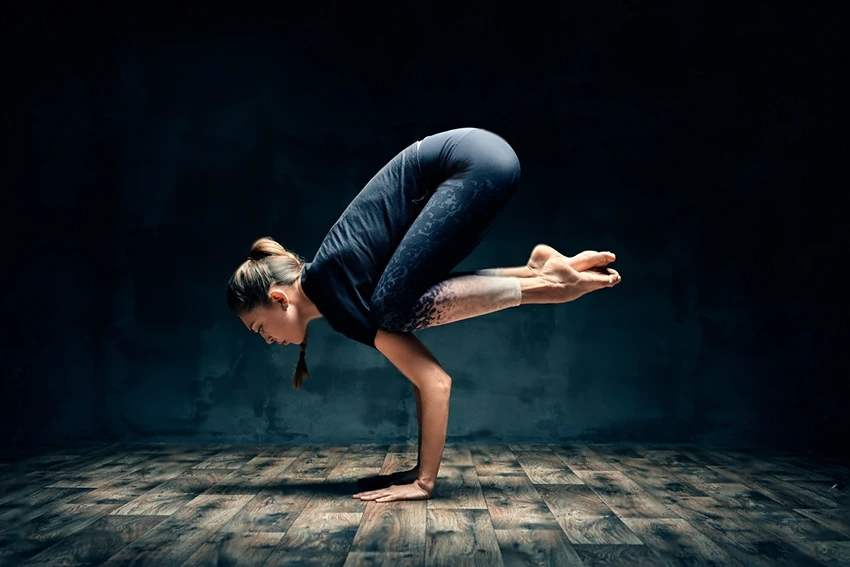
Advanced Yoga Techniques for Flexibility
Yoga is not just about mastering the basic poses; it’s also about exploring advanced techniques that can further enhance flexibility and overall well-being. At Rac Women, we believe in pushing boundaries while ensuring safety and mindfulness. Here are some advanced yoga techniques that can take your flexibility to the next level.
Incorporating Props in Yoga
Props like straps, blocks, and bolsters can be incredibly beneficial in deepening stretches and making challenging poses more accessible.
Benefits of Using Props:
- Enhanced Support: Props provide the necessary support, allowing muscles to relax and release tension.
- Safety: They prevent overstretching and reduce the risk of injuries.
- Alignment: Props help in maintaining proper posture and alignment, especially for beginners.
| Yoga Prop | Usage |
|---|---|
| Straps | Extend reach in poses like seated forward bends. |
| Blocks | Provide support in poses like triangle or bridge. |
| Bolsters | Aid in relaxation during restorative poses. |
Yin Yoga: Deep Flexibility
Yin Yoga is a unique style where poses are held for longer durations, targeting the connective tissues. This form of yoga is excellent for enhancing deep flexibility.
Key Aspects of Yin Yoga:
- Longer Holds: Poses are held for 3-5 minutes, allowing deeper stretches.
- Mindfulness: Emphasis on breath and awareness.
- Restorative: Helps in rejuvenating the body and mind.
Consistency and Patience
Flexibility doesn’t improve overnight. It requires consistent practice and immense patience. Celebrate small milestones and trust the process.
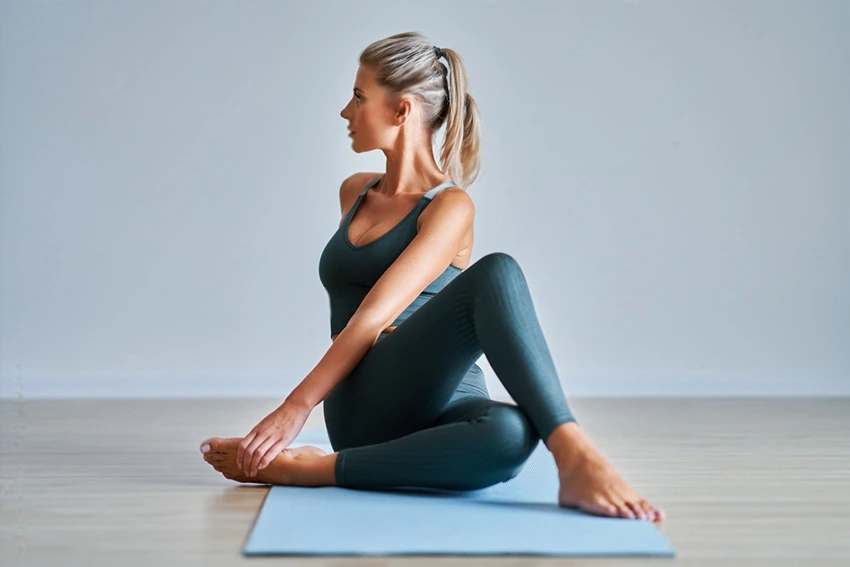
FAQs
For noticeable results, practicing yoga 3-5 times a week is recommended.
While yoga is comprehensive and can enhance flexibility, it’s beneficial to incorporate traditional stretching for targeted muscle groups.
Absolutely. Yoga is for everyone. Start with beginner poses and gradually progress.
It varies for individuals. With consistent practice, improvements can be noticed in a few weeks.
Like any physical activity, improper alignment or pushing beyond limits can lead to injuries. It’s essential to practice under guidance and listen to your body.
Ellen Crandall
Meet Ellen, your fitness compass in the world of athletics, training, and gym culture. With a commitment to well-being and a penchant for all things workout-related, Ellen is here to guide you on your journey to a healthier, fitter you. Join the fitness revolution, led by Ellen, and embrace the power of an active lifestyle.


